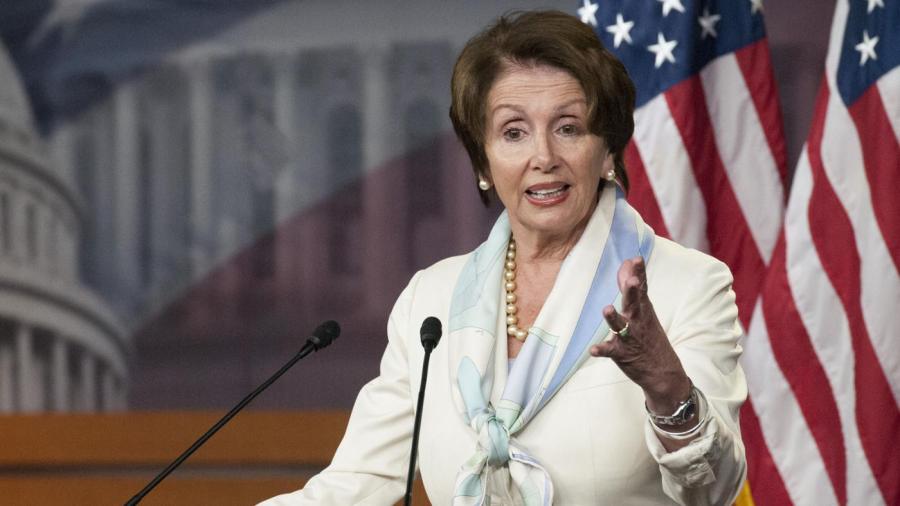Why Do Some States Have More Representatives Than Other States?

The number of representatives each state has is determined by the state’s population. Larger states usually have more people and so they often have more representatives. However, the United States Constitution guarantees that each state will have at least one representative.
Congress is made up of two branches: the Senate and the House of Representatives. Every state has two senators. Senators represent their states as a whole while Representatives vote based on specific districts. When a bill is proposed, it must be approved in both branches to become a law. Each congressional seat comes up for election every 2 years.
The U.S. government takes a census of its population every 10 years. The results from this census helps determine the number of representatives each state receives. After determining how many representatives each state gets, the states then create districts. States are supposed to create districts that evenly divide their population. In 2014, there were 435 representatives total with California having the most at 53. Other states with larger numbers of representatives include Texas with 36, and Florida and New York with 27. States with smaller numbers of representatives include South Dakota, North Dakota, Vermont, Delaware, Wyoming, Alaska and Montana with one representative each. Idaho and Rhode Island have two representatives while Nevada, Utah, Nebraska, West Virginia and New Mexico have three.





